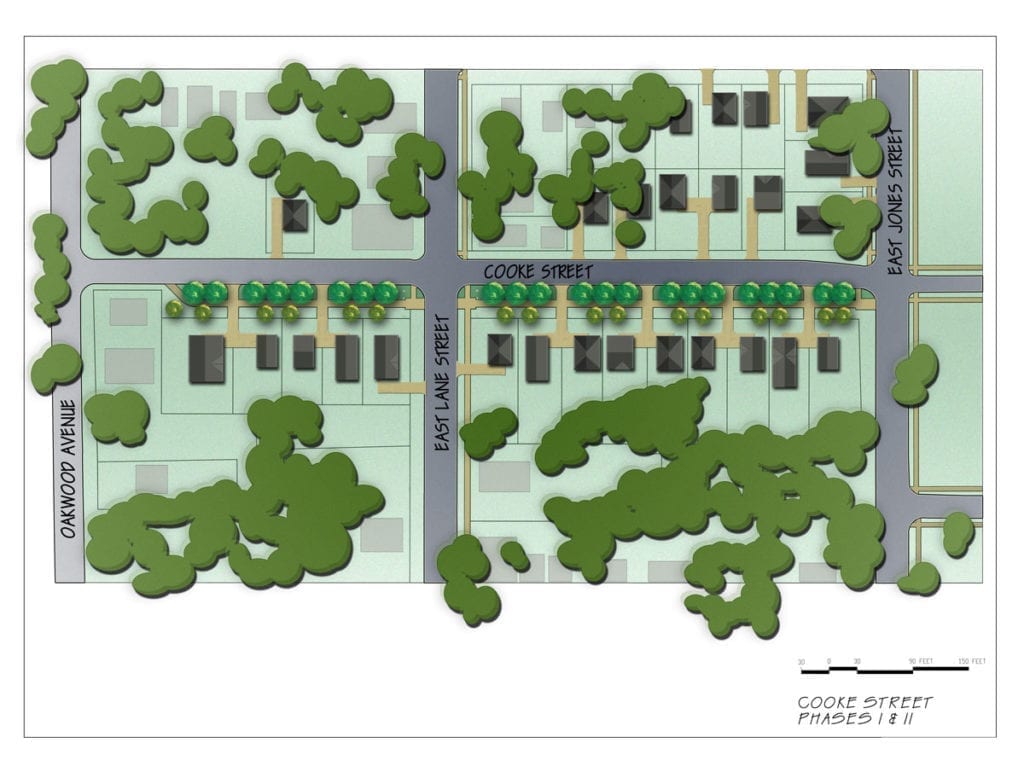by Lindsay Locke, Director of Business Development at TightLines
In its January/February 2012 issue of REALTOR magazine, the National Association of REALTORS identified affordable housing in central city and core suburb areas as real estate’s likely ‘sweet spot in 2012.’ According to article contributor Brian Block, broker-associate with RE/MAX Allegiance in Virginia, consumers are looking for good bargains, but are also seeking the convenience and amenities of urban living. Block describes a trend towards smaller homes in walkable neighborhoods, particularly for the first-time homebuyer and retiree markets.
In 2011, the National Association of Home Builders released its report “The New Home in 2015,” which found future homes will be 10% smaller and will include greener features and more technology than today’s houses. In fact, 74% of industry leaders polled said the single family home will undoubtedly get smaller. The Millenial and Baby Boomer generations will continue to drive the marketplace, with 60% of all US households today comprised of one or two people. Buying decisions made by these populations are strongly driven by a desire to simplify daily life.
This trend is reflective of a true pocketbook issue for many Americans. Location efficiency is high on the list of priorities for homebuyers who are gravitating toward housing options that allow for short automobile commutes and transit options. The growing number of environmentally conscious consumers is also driving a shift in housing demand and trends. Growing public concern for the health of entire metropolitan areas is leading to increased residential renovation and rehab, a promotion of open space on the outskirts of built city environments and a higher density development pattern for new construction.

